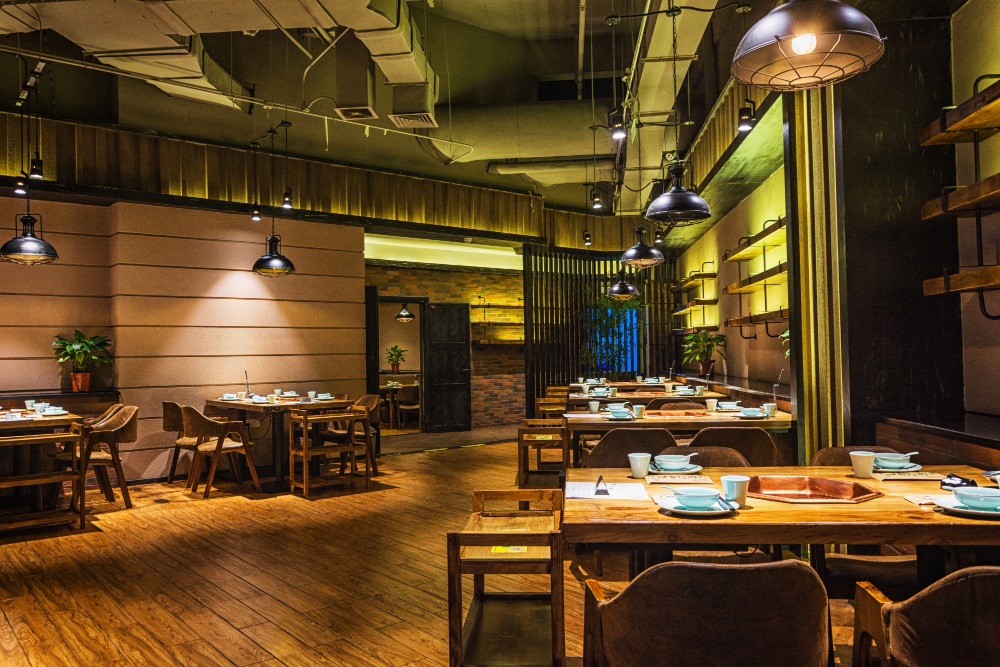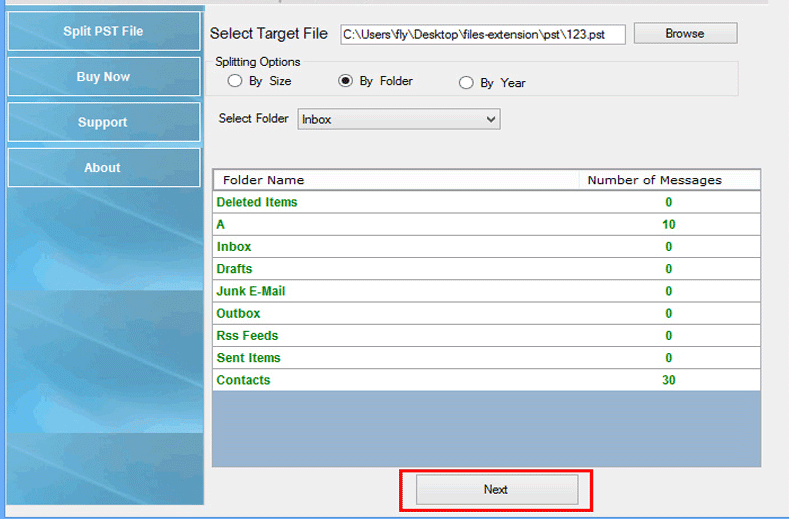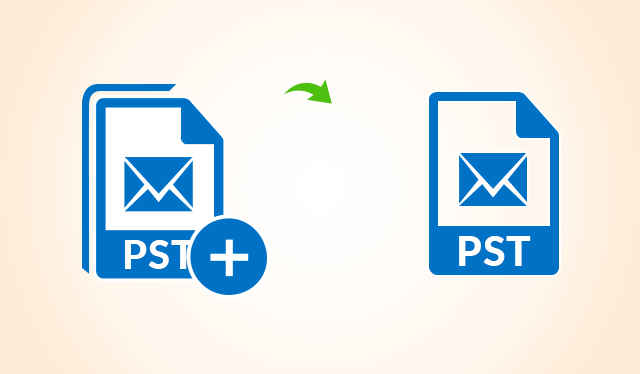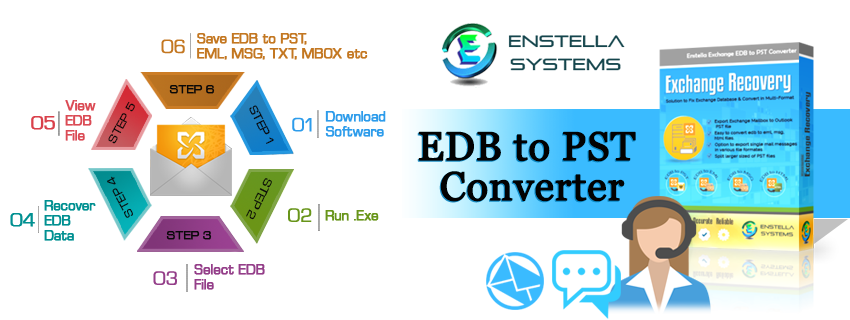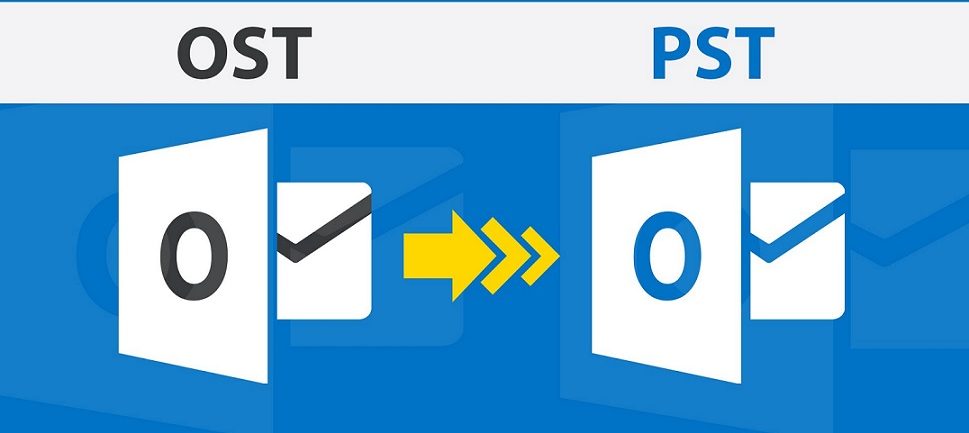You’re not alone in wanting to cut your restaurant’s operational costs. Restaurant and foodservice companies frequently face declining margins and, as a result, lower earnings in a sector beset by labor shortages and fierce competition.
Restaurants are expensive to run, and one of the most significant expenses is paying overhead. You may cut costs and increase profits at your restaurant by tracking and looking for cost-cutting options in your rent, advertising, equipment, and energy bills.
Calculating your overhead costs accurately is an important part of running a restaurant. This will help you budget more effectively and uncover savings opportunities. This is especially crucial in light of recent events, as many establishments are struggling to stay open. You’ll potentially have more money to invest in your business if your profit margins are bigger. As a result, you’ll be able to assist your staff, expand your restaurant empire, and even introduce a new product line.
What are Restaurant Overhead Costs?
The total cost of running a restaurant is the sum of all the expenses that must be paid. Rent, utilities, advertising, and payroll are examples of ongoing expenses that come with running a business. It’s worth noting that overhead only applies to expenses that aren’t directly related to the production of goods; consequently, the cost of ingredients and raw materials isn’t included in the overhead.
Ways to Reduce your Restaurant Fixed Costs
Make a list of all of your expenses
To determine your monthly overhead, you must first create a complete inventory of your expenses. Rent, taxes, salaries, utilities, equipment, administrative supplies, maintenance, and advertising should all be on this list. Then, add up all your expenses to find your monthly overhead costs.
Some common expenses include:
- Taxes
- Marketing
- Sanitation
- Insurance
- Salaries
Estimate the profitability of your restaurant
It’s critical to track your overhead expenditures regularly, regardless of how profitable your business is. Many expenses, like rent and salaries, are fixed and do not change much over time, but others, such as utilities, maintenance, and advertising, can alter dramatically in a short period.
Reduce energy consumption to save money
Make sure your lights and appliances are on an automatic timer if you haven’t already. This will assist in saving money and reducing energy consumption. Change your damaged appliance or get a repair to avoid any disruption in your restaurant. When machines are not in use, make sure they are turned off. They consume electricity even when they are not in use. This is especially true for dishwashers, which feature built-in water heaters that consume a lot of energy.
You can also contact your utility company and inquire about how you can better manage your electricity usage.
Speak with your employees
It can be difficult to find every resolution for overhead reduction due to the breadth of a restaurant owner’s obligations. As it is from legal services for restaurant owners regarding overhead costs. This is why you should consult with your staff to see if they have any suggestions for reducing overhead costs. Employees who discover extra expenses can be rewarded, which is a terrific approach to encourage engagement.
Minimize food waste
Food waste reduction is another option to cut operational costs. Food costs are the second-highest expense after personnel, which means a lot of potential profit is being thrown away. It’s simple to control cost and waste by paying close attention to serving sizes and plating accordingly, as well as repurposing leftover ingredients like dough, sauce, and toppings to create new menu items.
Optimize your menu
Limiting your menu to signature, popular, and lucrative items saves money on multiple levels: fewer ingredients, no specialized staff for ordering and/or handling ingredients, and even lowered printing expenses because you’ll be updating your menu less frequently. Hire a chef who is specialized in many food items and also cut your cost.
Use low-cost marketing & advertising
Customers back restaurants that give back to the community. Put your brand behind activities that appeal to the community, such as a trivia night or offering your space to local musicians, to capitalize on this trend and receive free word-of-mouth promotion.
You may cut your restaurant’s overhead costs without sacrificing revenues if you take these steps. Purchasing the appropriate commercial kitchen equipment is critical for lowering operating costs.
Factors to Consider When Calculating the Cost of Restaurant Equipment
Managing the costs of purchasing and maintaining restaurant equipment can be integral to keeping your budget under check too. Some factors to consider when calculating the cost of restaurant equipment are:
Features of the restaurant equipment
Before acquiring restaurant equipment, make sure to evaluate its features and warranties. Restaurant equipment and supplies are expensive, and repairing and maintaining commercial equipment can add thousands of dollars to your overhead.
Energy efficiency
Use equipment that helps you save energy, which has a big impact on your power bills. While energy-efficient appliances may be more expensive than regular appliances at first, the money you’ll save on utilities over time will more than make up for the difference. The energy efficiency of commercial ice machines, dishwashers, and refrigeration units can help reduce overhead costs.
Size of the restaurant’s kitchen
It is critical to purchase appliances that are appropriate for your kitchen. Multipurpose tools are in high demand in any restaurant since they eliminate manual tasks and allow employees to work on numerous jobs simultaneously. Make careful measurements and figure out where the equipment will go. If equipment is not properly situated in the kitchen, it can obstruct your staff’s movements.
Overhead expenditures can eat up a significant portion of your monthly income, but controlling them is possible and can help you increase profits. The most important thing to remember while lowering your overhead costs is to constantly monitor and manage your spending while looking for cost-cutting options.
Author’s Bio:
Damon Shrauner, Senior Sales Consultant and VP on B2B Sales at ChefBuyer, working in the foodservice equipment sector since 1994. With his expertise in market analysis, product placement, sales, and project management, he will always tell you what to do for the best of your business.
